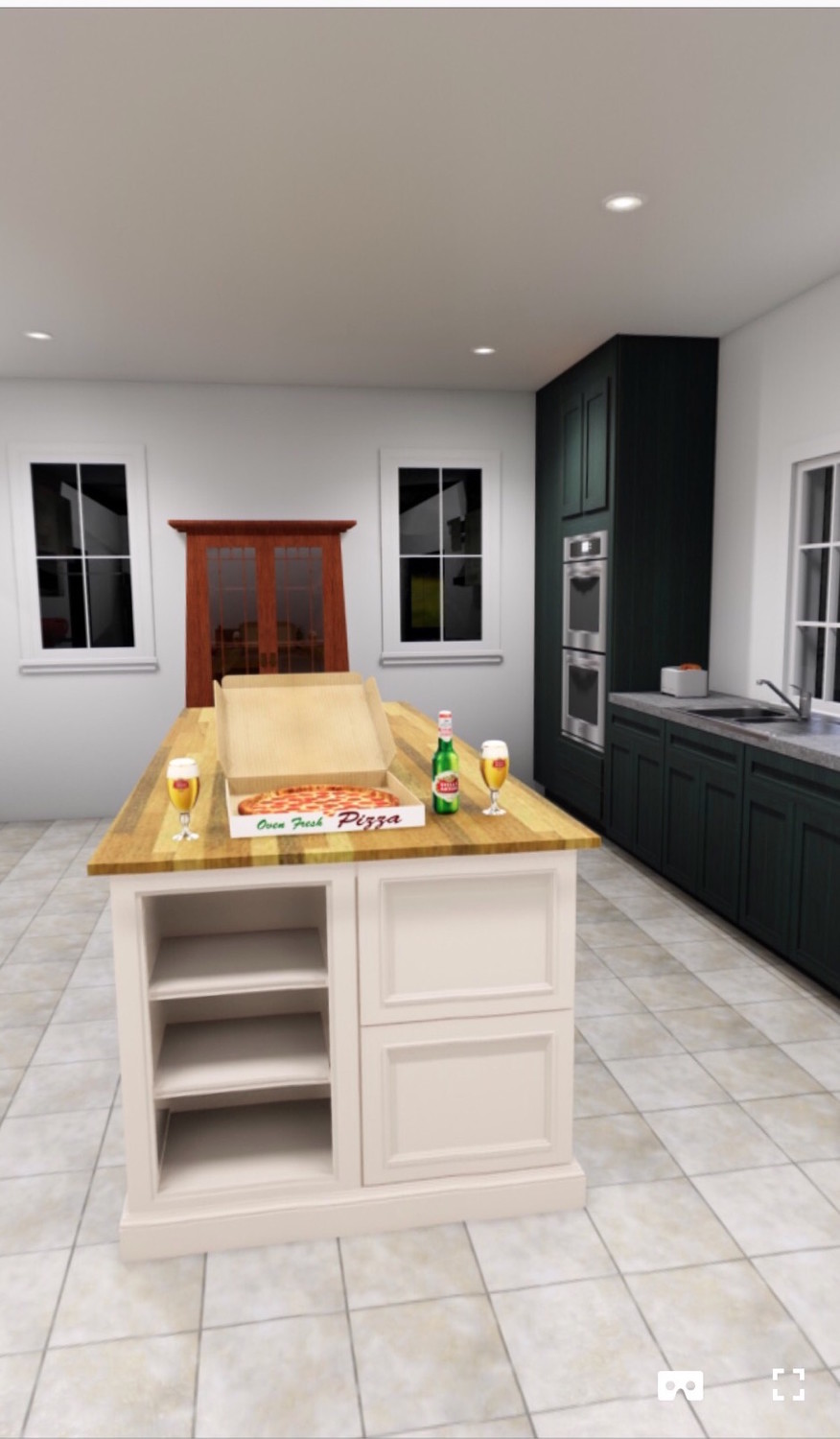You’re virtually home with VR technology
Virtual reality has been a staple of science fiction since the 1950s, with elements of the first references to the modern concept of man’s perception blending with machines dating to Laurence Manning’s 1933 series of short stories “The Men Who Awoke.”
As technology has progressed, the standard depiction of virtual reality has shifted away from the all-encompassing world, à la “The Matrix,” to being more of a tool. Ian Hintze, founder of Lynbrook-based Brayjam Construction Inc., is using the technology to help Joseph Ehrenreich see his rebuilt Woodmere home before a single wall even stands.
“My brother [Ryan] used to work for Unity, a gaming company,” Hintze said. “I went to one of their conferences and saw how they could move all this stuff around in their games … I wanted to be able to give my clients that experience.”
“I started talking to Ian about this, and he correctly assumed that no one is going to buy these headsets in the first year,” Ryan said, “but it’s a pretty mind-blowing experience, if we could give that to them as a service then they’ll be able to see everything. It saves money, time and work.”
After a year of work with his brother and two developers, Hintze was able to take Ehrenreich, currently renting a home in Atlantic Beach, through a finished version of his new home. “Wow,” Ehrenreich exclaimed in a video, when first seeing his virtual home, “this is incredible.”
The house on Elm Street is nothing more than a foundation set in the ground, but through the program you could walk through a fully rendered model of the house, complete with pizza and beer on the kitchen counter and a still of Sam Elliot from the movie “The Big Lebowski” on the huge screen television.
“I had never done virtual reality before,” Ehrenreich said. “It was amazing you really feel like you’re in a house.” The technology has helped him make alterations. It costs a lot to physically change something after the fact,” he said. “Here it doesn’t cost anything.”
This is the first home that Hintze has used the technology with, but he’s already seeing the benefits. “There’s no what ifs,” he said. “We can put the tile you want in, the toilet you found at the plumbing store and there’s never going to be a change order. [Ehrenreich] would have incurred like over 30-grand in change orders so far, instead after re-logging the hours that came to about six-hundred dollars.”
Tim Sullivan, a builder from Long Beach who often works with Hintze is eager to use the technology. “Big things are happening with VR,” Sullivan said. “It’s going to eliminate a lot of after thought and after-work … It’ll save on time and time is money in construction.”
Money saved for the client also translates to money saved for the contractor, and depth of immersion with the program allows the client to make very specific changes. “We could change the time of day [in the program,]” Hintze said. “The client was able to see that the sun was glaring in the back and messing up the TV and reflecting off the fridge so we were able to move the windows. Imagine if we found out after installing everything.”
Hintze plans to post videos of their renderings on YouTube, and virtual walkthroughs on Brayjam’s Facebook page, offering potential clients the opportunity to view the future of home building with their own eyes.

 46.0°,
A Few Clouds
46.0°,
A Few Clouds 




